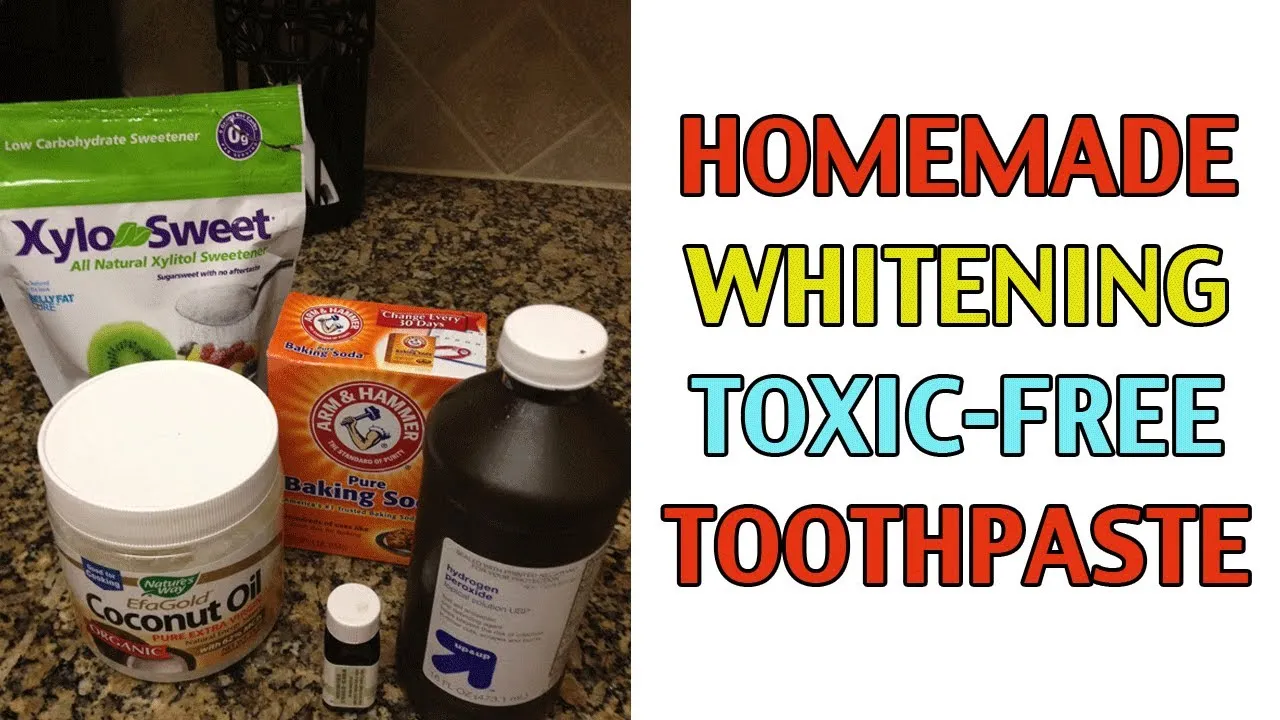Understanding Homemade Whitening Toothpaste
In the quest for a brighter smile, many people are turning to homemade whitening toothpaste as a natural and potentially more affordable alternative to commercial products. This approach allows you to control the ingredients, avoiding harsh chemicals and additives that can be found in some store-bought toothpastes. The concept is simple: harness the power of natural ingredients to gently remove stains and brighten teeth. Homemade whitening toothpaste typically relies on ingredients with mild abrasive or stain-removing properties. However, it’s essential to approach this with knowledge, understanding both the benefits and potential drawbacks before diving in. This guide will walk you through creating your own effective and safe homemade whitening toothpaste.
Benefits of Making Your Own Toothpaste
Choosing to make your own toothpaste offers several advantages. One of the most significant is the ability to customize the ingredients to your specific needs and preferences. You can avoid ingredients you may be sensitive to or those you simply want to exclude. Another key benefit is cost-effectiveness. Homemade toothpaste can often be made at a fraction of the price of commercial whitening toothpastes, especially when using readily available ingredients. Additionally, you have complete control over the ingredients, allowing you to opt for natural, eco-friendly components, reducing your exposure to potentially harmful chemicals and minimizing your environmental footprint. Finally, the process of making your own toothpaste can be empowering, giving you a sense of control over your oral health and wellness.
Ingredients you’ll need

Creating effective homemade whitening toothpaste relies on a few key ingredients, each playing a specific role in cleaning, whitening, and freshening your mouth. The foundation of most recipes includes ingredients that are easily accessible. When selecting ingredients, prioritize quality and consider sourcing organic options whenever possible. The following are primary ingredients often used in crafting homemade whitening toothpaste. Remember to always research and understand the properties and potential impact of each ingredient to ensure you’re creating a safe and effective product for your oral hygiene routine.
Baking Soda
Baking soda, or sodium bicarbonate, is a gentle abrasive that helps to remove surface stains from your teeth. Its slightly alkaline nature can also help neutralize acids in the mouth, which can contribute to tooth decay. However, it is important to use baking soda sparingly and in appropriate ratios, as excessive use can erode enamel over time. When using baking soda, it’s crucial to mix it thoroughly with other ingredients to create a paste that is not overly harsh. It is a common and effective ingredient, however, responsible use is key. This ingredient can be an asset in your homemade whitening toothpaste recipe, contributing to a brighter smile.
Coconut Oil
Coconut oil serves multiple purposes in homemade toothpaste. It acts as a base, binding the ingredients together to create a smooth paste. Furthermore, it has natural antibacterial properties that can help fight against bacteria in the mouth, contributing to better oral hygiene. Coconut oil may also help reduce inflammation and provide a soothing effect on the gums. The flavor of coconut oil is generally pleasant and can help make the brushing experience more enjoyable. When selecting coconut oil, opt for unrefined, organic varieties to ensure you are getting the purest form, which will contribute to both the taste and effectiveness of your toothpaste.
Peppermint Essential Oil
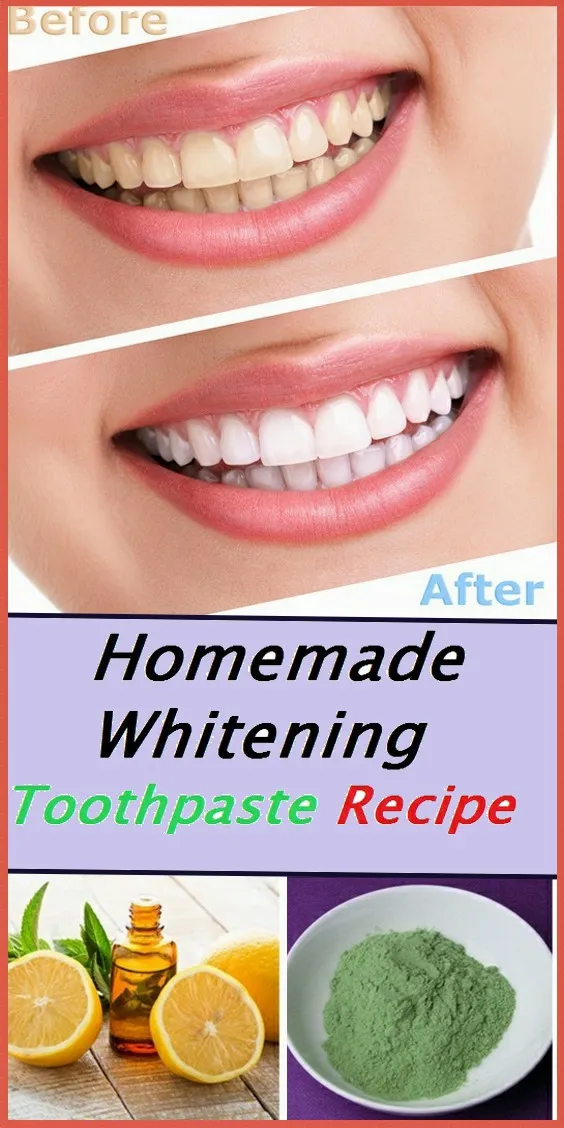
Peppermint essential oil is often included for its refreshing flavor and its antimicrobial properties. The minty taste helps freshen breath, and it can also help in fighting bacteria. Using high-quality, food-grade peppermint oil is essential to ensure it is safe for oral use. Essential oils are potent, so a little goes a long way. Use only a few drops to avoid overwhelming the paste with flavor or causing irritation. Always dilute essential oils properly within your toothpaste mixture before use. Peppermint essential oil can make brushing a pleasant experience while contributing to overall oral health.
Other Optional Ingredients
Other optional ingredients that can be added to enhance your homemade whitening toothpaste include stevia for a touch of sweetness, activated charcoal for additional stain removal, and bentonite clay, which helps to draw out toxins. Adding a pinch of sea salt can provide trace minerals and further aid in cleaning. Make sure to research any additional ingredient thoroughly before using. It’s recommended to start with small amounts, and monitor the effects before integrating new ingredients to ensure they complement your oral health goals. Always opt for food-grade or oral-use ingredients to make sure the toothpaste is safe for regular use.
Step-by-Step Guide Making Whitening Toothpaste
Creating your own whitening toothpaste is a straightforward process. By following a few simple steps, you can create a personalized oral hygiene product that caters to your unique needs. It’s essential to measure ingredients precisely, mixing them to the correct consistency to make the most effective toothpaste. The process is not only economical, but also allows you to avoid unnecessary chemicals often present in commercial products. With each batch, you gain control over the ingredients and the overall impact on your oral health. Get ready to transform your oral care routine with a DIY whitening toothpaste!
Basic Recipe for Whitening Toothpaste
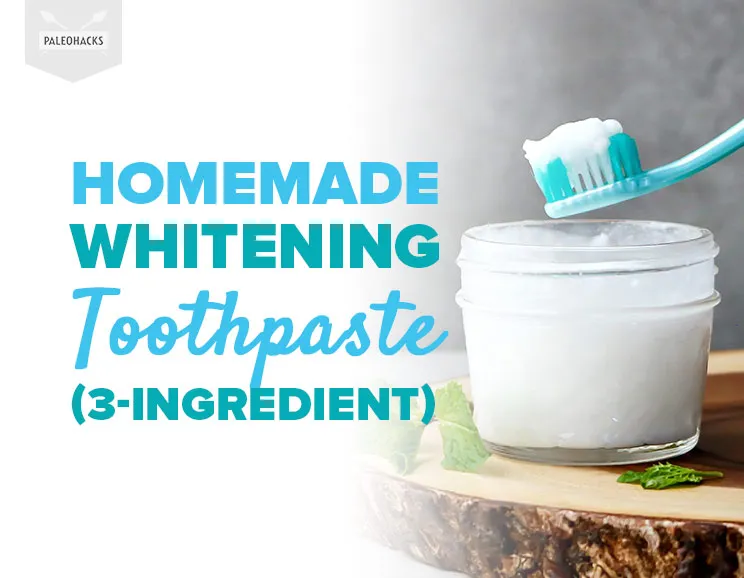
A common recipe involves combining the following: 2-3 tablespoons of coconut oil, 1-2 tablespoons of baking soda, and 10-15 drops of peppermint essential oil. This is a starting point; you can adjust the ratios to suit your preferences. Start with this basic recipe to gauge how the ingredients interact and adjust for your taste and needs. This simple recipe is an excellent starting point for anyone looking to create their own toothpaste. With each batch, feel free to experiment with minor alterations. This allows you to fine-tune your recipe. Keep in mind that consistency is key, ensuring you get the best results. This recipe provides a foundation upon which you can build a healthier, brighter smile.
Combining Ingredients
Begin by melting the coconut oil if it’s solid, ensuring a smooth base for your mixture. In a small bowl, combine the melted coconut oil and baking soda. Stir vigorously to ensure the baking soda is fully incorporated, preventing any grittiness. Add the drops of peppermint essential oil. Stir again. This is where you can customize your toothpaste. Mixing everything well at each stage is critical for even distribution of the ingredients, guaranteeing an effective and pleasant brushing experience. A well-mixed paste is not just about aesthetics; it ensures each brush stroke delivers the intended benefits, from stain removal to freshening the breath. Remember to take your time and combine each ingredient evenly.
Mixing and Consistency
The ideal consistency should be a smooth, slightly pasty texture. The mixture should be easy to scoop and apply to a toothbrush without being too runny or overly thick. Adjust the amount of coconut oil and baking soda to get the right consistency. If the paste is too thick, add a little more coconut oil, a teaspoon at a time. If it’s too thin, gradually add more baking soda. The goal is to create a texture that you find comfortable to use. This adjustment ensures the toothpaste works effectively while providing a pleasant experience. Achieving the perfect consistency involves a bit of trial and error; however, it allows you to craft a perfect toothpaste for your needs.
Storing Your Toothpaste
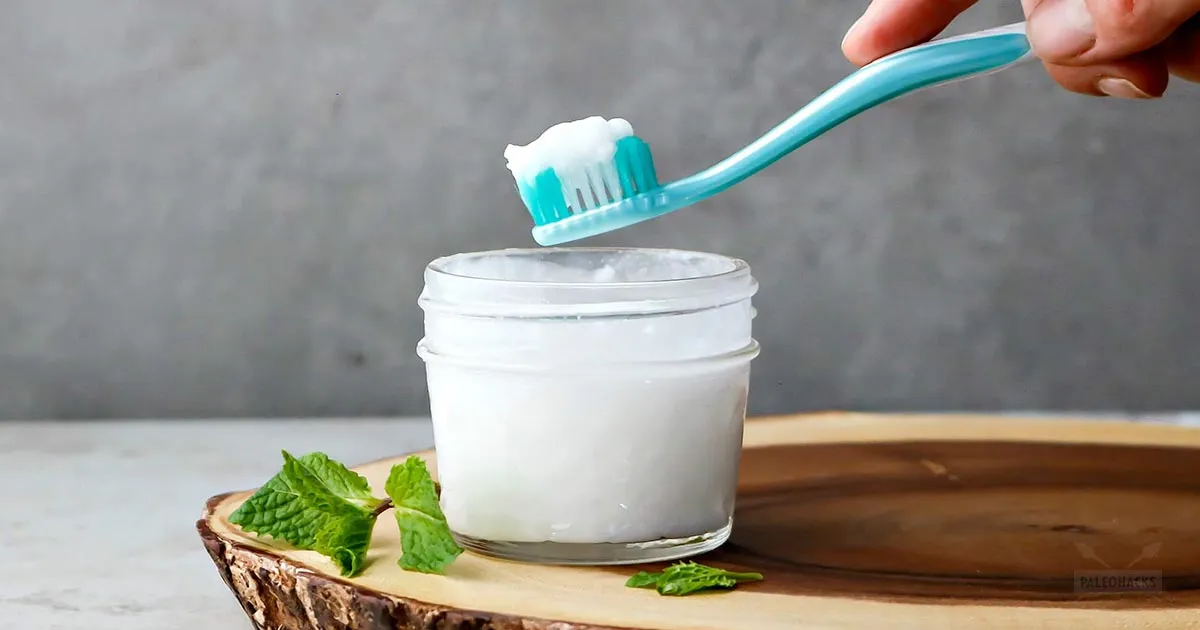
Store your homemade toothpaste in an airtight container, such as a small glass jar or a squeeze tube. Avoid using plastic containers as some essential oils can degrade the plastic over time. Keep the container in a cool, dry place away from direct sunlight and heat. This will help maintain the quality and effectiveness of your toothpaste. Make sure the container is clean and dry before you store the toothpaste. Proper storage helps to preserve the shelf life of your homemade toothpaste and maintains its potency. Following these simple storage tips will ensure your homemade whitening toothpaste remains effective.
Tips for Effective Use
To get the most from your homemade whitening toothpaste, a few key tips will help optimize your oral hygiene routine. Effective brushing habits, consistent use, and awareness of potential precautions can enhance the benefits of this natural approach. These practices will not only improve your teeth whitening but also support overall oral health. It’s about integrating the toothpaste into a comprehensive care regimen to maximize its impact. Integrating these methods will empower you to make the most of your homemade toothpaste and achieve a healthier and brighter smile.
Proper Brushing Technique
Brushing technique is just as important as the toothpaste itself. Use a soft-bristled toothbrush and gently brush your teeth in small, circular motions, ensuring you cover all surfaces of your teeth, including the front, back, and chewing surfaces. Brush for at least two minutes, dividing your mouth into quadrants to ensure thorough cleaning. Don’t apply too much pressure, as this can damage your enamel and gums. Reach every area of your mouth to ensure all surfaces are cleaned. The right brushing technique is essential to effective cleaning, whether you’re using commercial or homemade toothpaste. Proper brushing is the foundation for good oral hygiene.
Frequency of Use
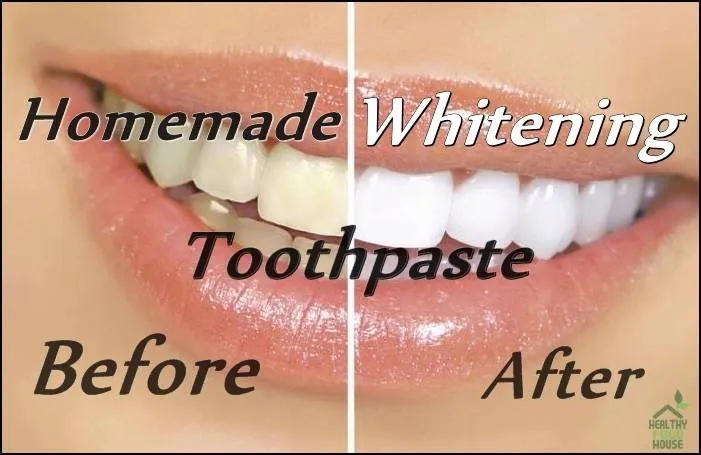
It’s recommended to brush your teeth at least twice a day, in the morning and before bed. For those seeking whitening benefits, you might consider brushing after each meal. However, it’s important to balance this with the potential for abrasiveness, especially when using baking soda. If you notice any sensitivity, adjust your frequency accordingly. Consistency is key to achieving and maintaining a brighter smile. Make sure to incorporate your homemade toothpaste into your daily routine. Remember to brush regularly to maximize the benefits of your homemade whitening toothpaste while maintaining good oral hygiene.
Important Considerations
While homemade whitening toothpaste can be a valuable part of your oral hygiene, it’s essential to approach it with awareness of potential challenges and the importance of professional guidance. Understanding the limitations and potential risks, along with consulting with a dentist, will ensure that your approach to teeth whitening is both safe and effective. Maintaining open communication with a dentist is crucial to achieving optimal oral health and maximizing the benefits of your oral care efforts. Balancing DIY methods with professional advice is the best way to achieve a healthy and bright smile.
Potential Side Effects and Precautions
While generally safe, homemade whitening toothpaste may have potential side effects. Some users may experience increased sensitivity, especially if they have thin enamel or receding gums. Overuse of baking soda can be abrasive, potentially causing damage. Be sure to use the recommended ratios and avoid brushing too vigorously. If you experience any discomfort, such as increased sensitivity or irritation, discontinue use. Always pay attention to how your teeth and gums respond to your homemade toothpaste. Understanding these potential issues and practicing caution will help to make your experience with homemade whitening toothpaste safe.
Consulting a Dentist
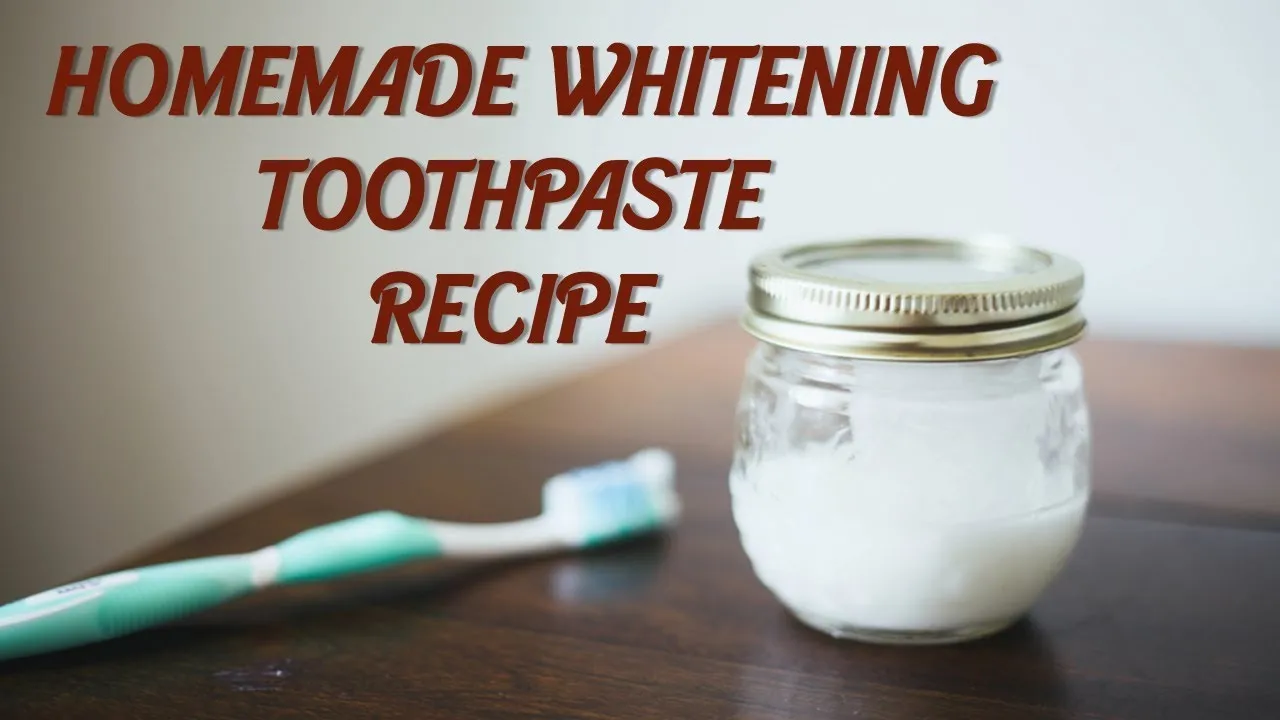
Before making significant changes to your oral hygiene routine, always consult with your dentist. They can assess your oral health, identify any underlying issues, and provide personalized advice. Your dentist can offer valuable insights tailored to your unique situation, especially about the suitability of homemade whitening toothpaste. They can also guide the proper techniques and frequencies, ensuring a safe and effective routine. Regular check-ups and professional cleanings are essential for comprehensive oral care. This will help ensure your homemade toothpaste is a safe and healthy addition to your routine.
Alternatives to Homemade Toothpaste
If homemade toothpaste doesn’t meet your needs or you prefer other options, various alternatives exist. Fluoride toothpaste, available in most stores, is crucial for preventing tooth decay and is recommended by dental professionals. Professional teeth whitening treatments, such as in-office bleaching or custom-fitted whitening trays, can provide significant results. There are also numerous commercial whitening toothpastes and strips available, each with unique formulations and benefits. Explore these alternatives and consult with your dentist to choose the best methods to achieve a bright smile.
